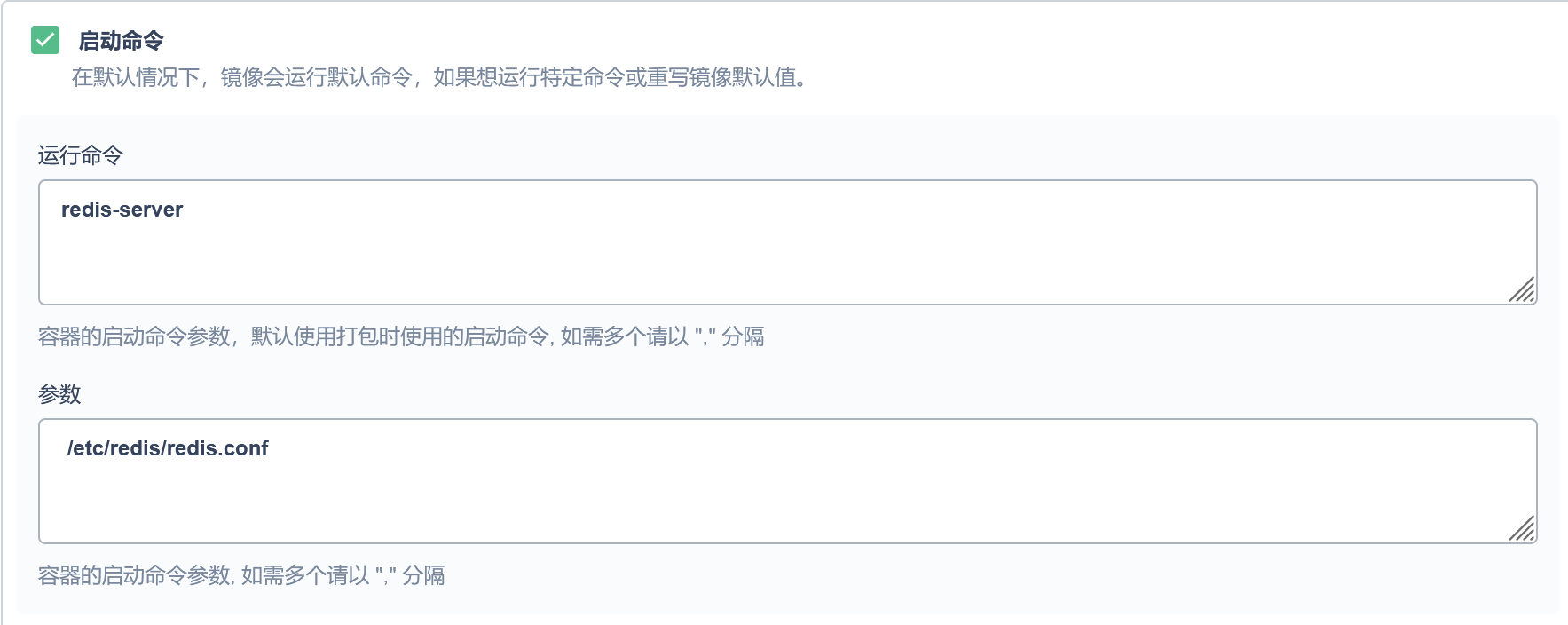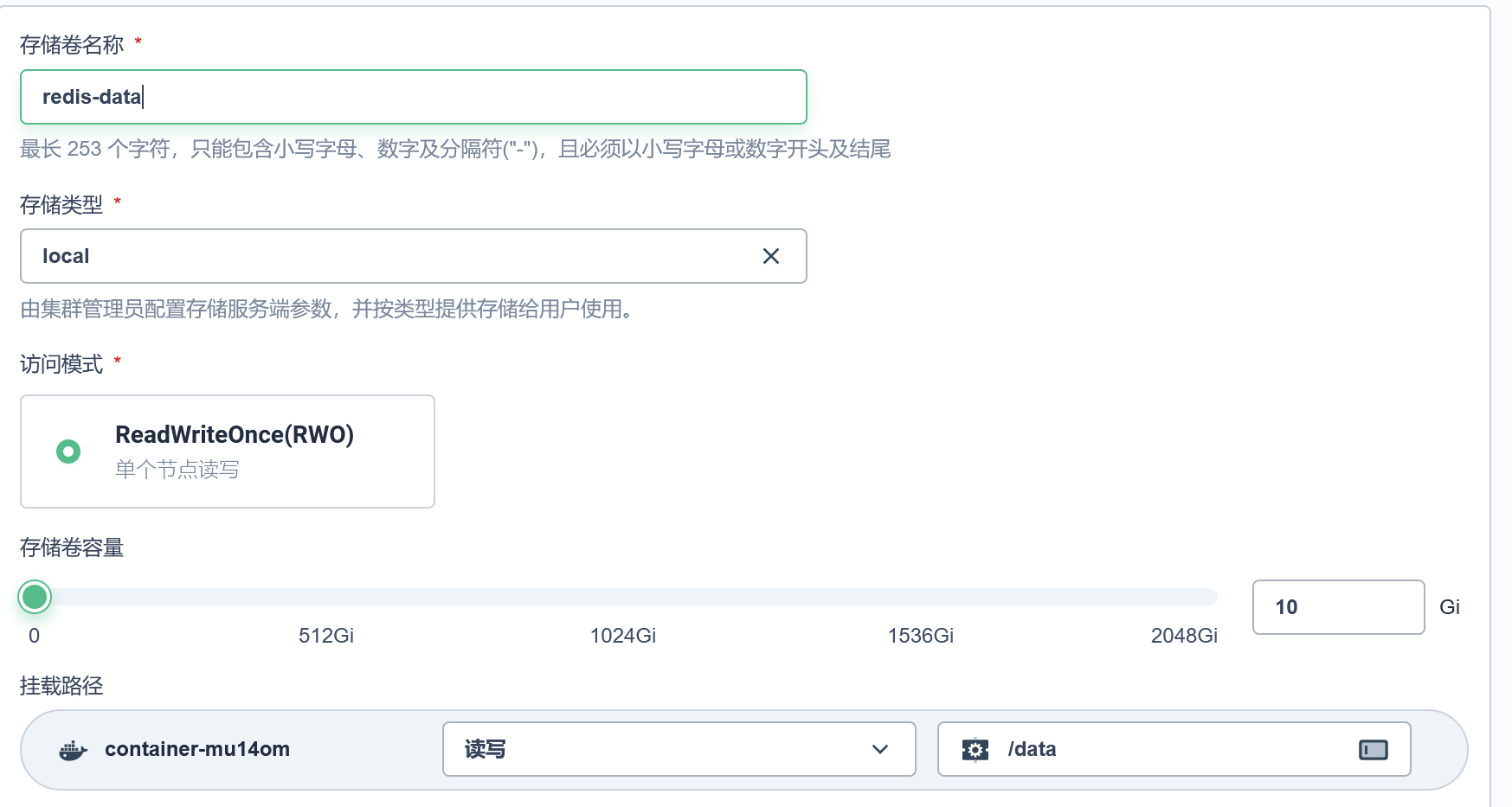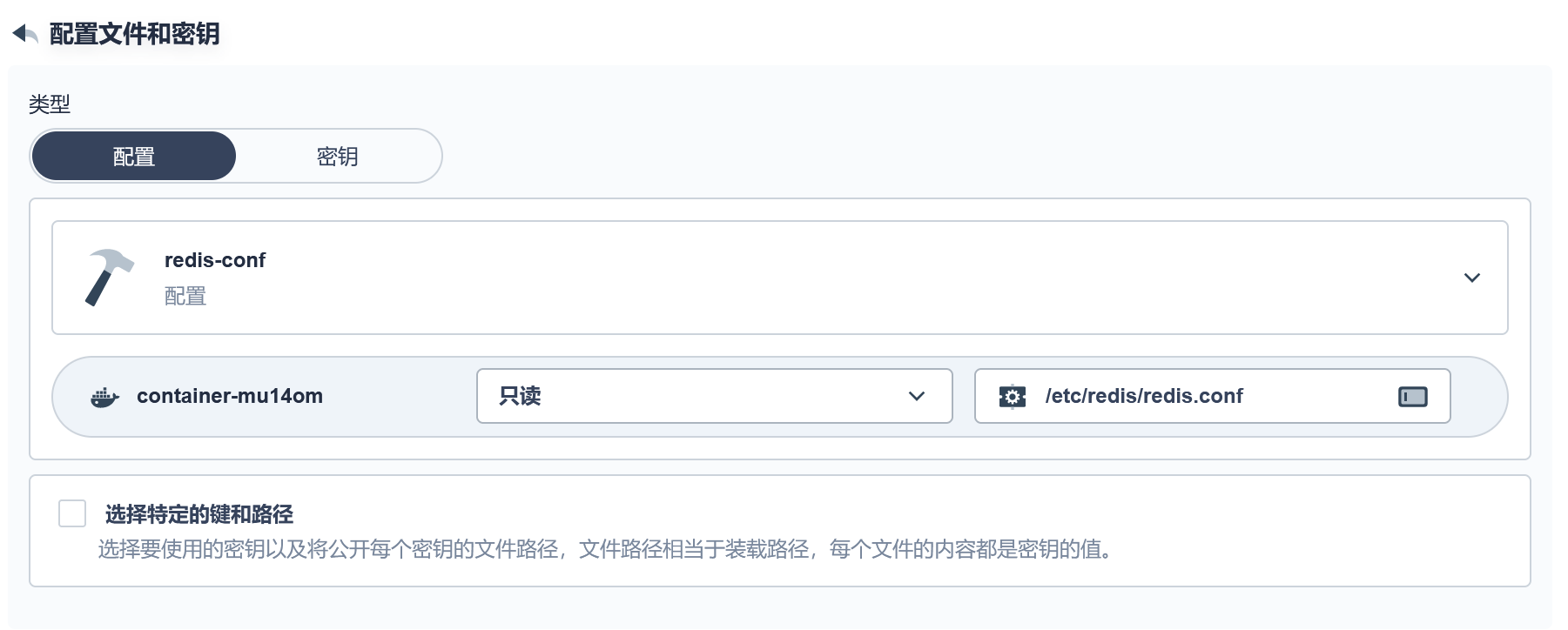直接在机器上部署
下载
下载页面:https://kafka.apache.org/downloads
下载链接:https://dlcdn.apache.org/kafka/3.1.0/kafka_2.12-3.1.0.tgz
解压
tar -zxvf kafka_2.12-3.1.0.tgz -C /usr/local/ && cd /usr/local/kafka_2.12-3.1.0/config
配置server.properties
cd /usr/local/kafka_2.12-3.1.0/config
cp server.properties server-sample.properties
cd /usr/local/kafka_2.12-3.1.0/config && vim server.properties
mkdir -p /data/kafka-logs
# Licensed to the Apache Software Foundation (ASF) under one or more# contributor license agreements. See the NOTICE file distributed with# this work for additional information regarding copyright ownership.# The ASF licenses this file to You under the Apache License, Version 2.0# (the "License"); you may not use this file except in compliance with# the License. You may obtain a copy of the License at## http://www.apache.org/licenses/LICENSE-2.0## Unless required by applicable law or agreed to in writing, software# distributed under the License is distributed on an "AS IS" BASIS,# WITHOUT WARRANTIES OR CONDITIONS OF ANY KIND, either express or implied.# See the License for the specific language governing permissions and# limitations under the License.# see kafka.server.KafkaConfig for additional details and defaults############################# Server Basics ############################## The id of the broker. This must be set to a unique integer for each broker.broker.id=1############################# Socket Server Settings ############################## The address the socket server listens on. It will get the value returned from# java.net.InetAddress.getCanonicalHostName() if not configured.# FORMAT:# listeners = listener_name://host_name:port# EXAMPLE:# listeners = PLAINTEXT://your.host.name:9092#listeners=PLAINTEXT://:9092listeners = PLAINTEXT://192.168.2.20:9092# Hostname and port the broker will advertise to producers and consumers. If not set,# it uses the value for "listeners" if configured. Otherwise, it will use the value# returned from java.net.InetAddress.getCanonicalHostName().#advertised.listeners=PLAINTEXT://your.host.name:9092# Maps listener names to security protocols, the default is for them to be the same. See the config documentation for more details#listener.security.protocol.map=PLAINTEXT:PLAINTEXT,SSL:SSL,SASL_PLAINTEXT:SASL_PLAINTEXT,SASL_SSL:SASL_SSL# The number of threads that the server uses for receiving requests from the network and sending responses to the networknum.network.threads=3# The number of threads that the server uses for processing requests, which may include disk I/Onum.io.threads=8# The send buffer (SO_SNDBUF) used by the socket serversocket.send.buffer.bytes=102400# The receive buffer (SO_RCVBUF) used by the socket serversocket.receive.buffer.bytes=102400# The maximum size of a request that the socket server will accept (protection against OOM)socket.request.max.bytes=104857600############################# Log Basics ############################## A comma separated list of directories under which to store log files# log.dirs=/tmp/kafka-logslog.dirs=/data/kafka-logs# The default number of log partitions per topic. More partitions allow greater# parallelism for consumption, but this will also result in more files across# the brokers.num.partitions=1# The number of threads per data directory to be used for log recovery at startup and flushing at shutdown.# This value is recommended to be increased for installations with data dirs located in RAID array.num.recovery.threads.per.data.dir=1############################# Internal Topic Settings ############################## The replication factor for the group metadata internal topics "__consumer_offsets" and "__transaction_state"# For anything other than development testing, a value greater than 1 is recommended to ensure availability such as 3.offsets.topic.replication.factor=1transaction.state.log.replication.factor=1transaction.state.log.min.isr=1############################# Log Flush Policy ############################## Messages are immediately written to the filesystem but by default we only fsync() to sync# the OS cache lazily. The following configurations control the flush of data to disk.# There are a few important trade-offs here:# 1. Durability: Unflushed data may be lost if you are not using replication.# 2. Latency: Very large flush intervals may lead to latency spikes when the flush does occur as there will be a lot of data to flush.# 3. Throughput: The flush is generally the most expensive operation, and a small flush interval may lead to excessive seeks.# The settings below allow one to configure the flush policy to flush data after a period of time or# every N messages (or both). This can be done globally and overridden on a per-topic basis.# The number of messages to accept before forcing a flush of data to disk#log.flush.interval.messages=10000# The maximum amount of time a message can sit in a log before we force a flush#log.flush.interval.ms=1000############################# Log Retention Policy ############################## The following configurations control the disposal of log segments. The policy can# be set to delete segments after a period of time, or after a given size has accumulated.# A segment will be deleted whenever *either* of these criteria are met. Deletion always happens# from the end of the log.# The minimum age of a log file to be eligible for deletion due to agelog.retention.hours=168# A size-based retention policy for logs. Segments are pruned from the log unless the remaining# segments drop below log.retention.bytes. Functions independently of log.retention.hours.#log.retention.bytes=1073741824# The maximum size of a log segment file. When this size is reached a new log segment will be created.log.segment.bytes=1073741824# The interval at which log segments are checked to see if they can be deleted according# to the retention policieslog.retention.check.interval.ms=300000############################# Zookeeper ############################## Zookeeper connection string (see zookeeper docs for details).# This is a comma separated host:port pairs, each corresponding to a zk# server. e.g. "127.0.0.1:3000,127.0.0.1:3001,127.0.0.1:3002".# You can also append an optional chroot string to the urls to specify the# root directory for all kafka znodes.# zookeeper.connect=localhost:2181zookeeper.connect=192.168.2.20:2181,192.168.2.21:2181,192.168.2.22:2181# Timeout in ms for connecting to zookeeperzookeeper.connection.timeout.ms=18000############################# Group Coordinator Settings ############################## The following configuration specifies the time, in milliseconds, that the GroupCoordinator will delay the initial consumer rebalance.# The rebalance will be further delayed by the value of group.initial.rebalance.delay.ms as new members join the group, up to a maximum of max.poll.interval.ms.# The default value for this is 3 seconds.# We override this to 0 here as it makes for a better out-of-the-box experience for development and testing.# However, in production environments the default value of 3 seconds is more suitable as this will help to avoid unnecessary, and potentially expensive, rebalances during application startup.group.initial.rebalance.delay.ms=0
其中:主要修改参数
- broker.id : 当前机器服务器ID
- log.dirs : 数据存放目录 log.dirs=/data/kafka-logs
- zookeeper.connect : 机器Zookeeper地址 zookeeper.connect=192.168.2.20:2181,192.168.2.21:2181,192.168.2.22:2181
- listeners修改为机器对应的ip:listeners = PLAINTEXT://192.168.2.20:9092
配置jvm参数
vim /usr/local/kafka_2.12-3.1.0/bin/kafka-server-start.sh
export KAFKA_HEAP_OPTS=”-Xmx1G -Xms128M”分发安装包
- 拷贝整个目录到机器2、和机器3中
- scp -r /usr/local/kafka_2.12-3.1.0 root@192.168.2.21:/usr/local/kafka_2.12-3.1.0
- cd /usr/local/kafka_2.12-3.1.0/config && vim server.properties
- 修改对应的broker.id,另外两台机器分别设置id为2、3
启动集群
- 在master上建立群起脚本:startAllKafka.sh
- /usr/local/kafka_2.12-3.1.0/bin/kafka-server-start.sh -daemon /usr/local/kafka_2.12-3.1.0/config/server.properties
- 脚本内容如下
```shell
!/bin/bash
for host in “master” “node1” “node2” do echo “** $host **“ ssh $host “source /etc/profile; /usr/local/kafka_2.12-3.1.0/bin/kafka-server-start.sh -daemon /usr/local/kafka_2.12-3.1.0/config/server.properties” echo “*“ done
3. 启动集群```shell[root@master ~]# ./startAllKafka.sh********** master *************************************************** node1 *************************************************** node2 *****************************************
注意:本项目配置的集群依赖外部Zookeeper集群,所以需要先启动Zookeeper机器
查看状态
在master上查看:
[root@master ~]# jps -l2341 org.apache.zookeeper.server.quorum.QuorumPeerMain3847 sun.tools.jps.Jps3517 kafka.Kafka
在node1上查看:
[root@node1 kafka_2.12-3.1.0]# jps -l2612 kafka.Kafka2222 org.apache.zookeeper.server.quorum.QuorumPeerMain2703 sun.tools.jps.Jps
在node2上查看:
[root@node2 ~]# jps -l2001 sun.tools.jps.Jps1506 org.apache.zookeeper.server.quorum.QuorumPeerMain1890 kafka.Kafka
停止集群
在master上建立群停脚本:stopAllKafka.sh
- /usr/local/kafka_2.12-3.1.0/bin/kafka-server-stop.sh
脚本内容如下
#! /bin/bashfor host in "master" "node1" "node2"doecho "********** $host **********"ssh $host "source /etc/profile;/usr/local/kafka_2.12-3.1.0/bin/kafka-server-stop.sh"echo "*******************************"done
停止集群 ```shell [root@master ~]# ./stopAllKafka.sh ** master **
** node1 **
** hadoop103 **
[root@master ~]# jps -l 2341 org.apache.zookeeper.server.quorum.QuorumPeerMain 4757 sun.tools.jps.Jps
---至此,完成了Kafka集群的安装和启停。<a name="xFfZi"></a>## 图形化工具下载页面:[https://gitee.com/freakchicken/kafka-ui-lite/](https://gitee.com/freakchicken/kafka-ui-lite/)<br />下载链接:[https://gitee.com/freakchicken/kafka-ui-lite/repository/archive/v1.2.11?format=zip](https://gitee.com/freakchicken/kafka-ui-lite/repository/archive/v1.2.11?format=zip)<br />java -jar kafka-ui-lite.jar<br />启动后浏览器访问 [http://ip:8889](https://gitee.com/link?target=http%3A%2F%2Fip%3A8889)docker安装<br />docker run -d -p 8889:8889 freakchicken/kafka-ui-lite<a name="I2Opc"></a># 使用docker部署```shelldocker run --network host \-v /data/zookeeper_data/data:/data \-v /data/zookeeper_data/conf:/conf \--name zookeeper_1 \-d bitnami/zookeeper:3.6.3docker run -it --rm \--network app-tier \-e KAFKA_CFG_ZOOKEEPER_CONNECT=192.168.2.20:31808 \bitnami/kafka:2.8.1 kafka-topics.sh --list --bootstrap-server localhost:9092
使用kubesphere部署
dockerhub
资源分配
端口配置
启动命令
redis-server
/etc/redis/redis.conf
环境变量
KAFKA_CFG_ZOOKEEPER_CONNECT
ALLOW_PLAINTEXT_LISTENER
KAFKA_ADVERTISED_LISTENERS PLAINTEXT://192.168.2.20:31374
KAFKA_LISTENERS

同步主机时区
存储卷配置
配置文件挂载(需要提前创建configMap)
配置文件子路径挂载
(* 默认使用路径挂载会覆盖容器内所有配置,所以如果只需要覆盖个别配置可以使用子路径)
/home/nacos/config/application.properties
/home/nacos/config/cluster.conf
参考
docker安装kafka:https://blog.csdn.net/qq_22041375/article/details/106180415







